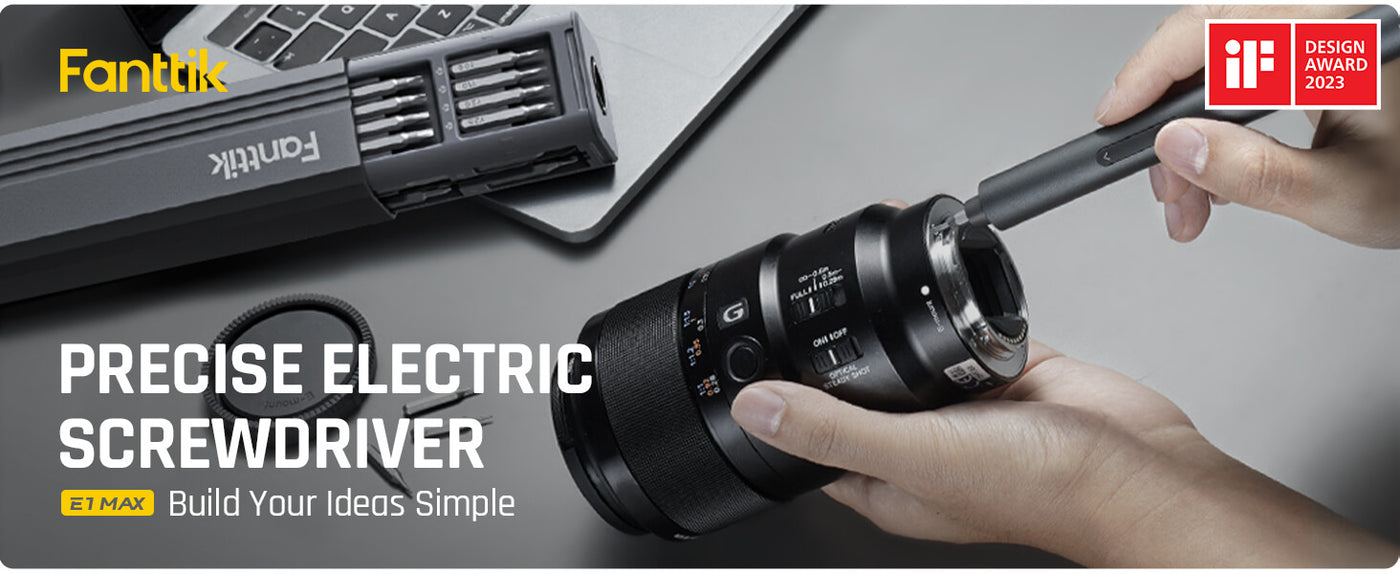Electric screwdrivers have revolutionized the way we approach DIY projects and repairs. However, like any tool, they can encounter issues that may hinder their performance. Understanding these electric screwdriver problems is essential for maintaining efficiency and ensuring your projects run smoothly. In this article, we will delve into some common issues and provide practical solutions.

1. Battery Not Charging
One of the most prevalent electric screwdriver problems is a battery that refuses to charge. This can be frustrating, especially when you have tasks lined up. Here are a few reasons why this might occur:
- Faulty charger or charging cable
- Battery age and wear
- Corrosion on battery terminals
If your screwdriver's battery is not charging, first check the charger and cable for any visible damage. If they appear fine, inspect the battery terminals for corrosion. Cleaning them gently with a cloth can sometimes resolve the issue. If the battery is old, consider replacing it with a new one.
2. Inconsistent Torque
Another common issue is inconsistent torque, which can lead to stripped screws or inadequate fastening. This problem often arises from:
- Worn-out gears
- Improper settings on the screwdriver
- Low battery power
To address this, ensure that the torque setting is appropriate for the task at hand. If the problem persists, inspect the internal gears for wear and tear. In some cases, a professional repair may be necessary to restore functionality.
3. Overheating
Overheating is a serious concern that can lead to permanent damage. If your electric screwdriver becomes excessively hot during use, consider the following:
- Continuous use without breaks
- Blocked ventilation
- Faulty motor
To prevent overheating, take regular breaks during prolonged use. Ensure that the ventilation ports are clear of dust and debris. If overheating continues, it may indicate a more serious issue with the motor, requiring professional assessment.
4. Stripped Screws
Stripped screws can be a frustrating outcome of using an electric screwdriver. This issue often arises from:
- Incorrect bit size
- Excessive torque
- Worn screwdriver bits
To avoid stripping screws, always use the correct bit size and adjust the torque settings appropriately. Regularly inspect your screwdriver bits for wear and replace them as needed. For more advanced tasks, consider investing in high-quality tools like the  , which can enhance your DIY experience.
, which can enhance your DIY experience.
Conclusion
Understanding and addressing electric screwdriver problems can significantly improve your DIY projects. By being aware of common issues such as battery charging failures, inconsistent torque, overheating, and stripped screws, you can take proactive steps to maintain your tool's performance. Regular maintenance and proper usage will ensure that your electric screwdriver remains a reliable companion in your toolbox.







